树脂 3D 打印机:SLA、DLP 和 LED-LCD
光固化树脂的 3D 打印近年来取得了进展,成为仅次于 FFF 的第二大流行 3D 打印技术 ,无论是在专业环境还是创客环境中。这种繁荣是两个重要因素的结果 .一方面,树脂 3D 打印机的成本较低 由于新技术的出现,树脂打印机与 FFF 处于同一价格段。另一方面,新材料的出现 例如牙科、柔性和工程树脂使得生产以前只能使用 FDM 或 SLS 可行的树脂部件成为可能。
3D树脂打印的主要优势,引起了一些专业领域的关注,例如牙科或珠宝 , 是高分辨率 它能够在 XY 方向实现 50 µm 到 150 µm Z 方向从 30 µm 到 200 µm ,低于 3D FFF 打印机的最低分辨率。因此,树脂打印部件具有高表面质量和高细节水平, 给予他们最高的审美品质 所有增材制造技术。
3D树脂打印基础
3D 树脂打印基于与大多数 3D 打印技术(例如 FFF 或 SLS)所使用的原理完全不同的原理。而在这些中,热塑性聚合物被用作起点并加热到熔化温度以形成部件,树脂印刷基于通过选择性应用光聚合单体和低聚物的反应性混合物。 这意味着,在树脂印刷中,不是使用塑料作为原材料,而是使用构成塑料的基本成分,并在印刷过程中通过化学反应形成塑料。
用于3D打印的树脂主要由三部分组成:
单体和低聚物: 这些是相互反应形成长聚合物的小分子 链条,这是塑料的基本组成部分。这些链的长度将在很大程度上决定它们的特性
交联剂: 由较大或较小的具有两个或多个反应基团的分子组成 能够在不同的点结合到聚合物链上。 它的作用是保持链条彼此牢固连接。 通常,在交联剂存在下形成的塑料会产生所谓的热固性塑料或树脂。
光引发剂: 负责促进单体之间的反应 或者这些与交联剂。这些是有机分子,通常是染料或荧光团,能够在给定波长的光存在下产生阳离子或自由基,从而引发自由基或阳离子聚合反应。
光,通常是蓝色 (405 nm) 或紫色 (365 nm - 385 nm),用于激活光引发剂并使树脂固化,因为这是可见光谱中能量最高的波段。为此,每一层仅照亮将成为作品一部分的区域。
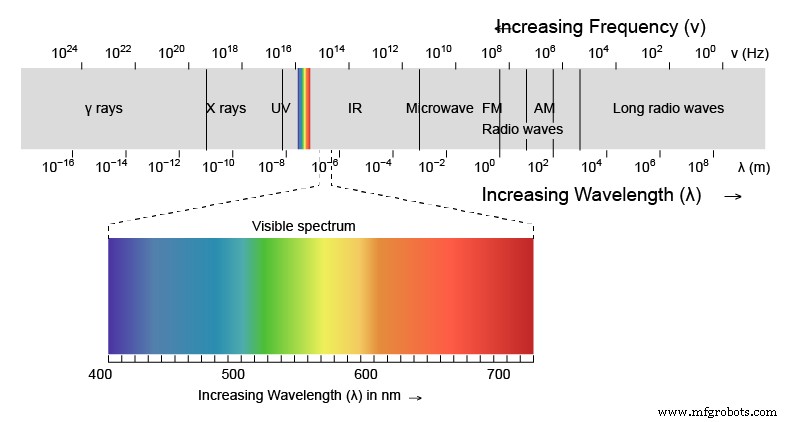
图片 1:可见光谱。来源:Wikipedia.com
3D 树脂打印技术取决于光源类型和使用的选择性照明方法。 Currently there are three common technologies:SLA, DLP and LED-LCD.
3D SLA printing
3D SLA or stereolithography printing is the oldest commercial 3D printing technology. It was developed during the first half of the 1980s and was patented in 1986 by 3D Systems founder Chuck Hull, just three years before Stratasys founder Scott Crump patented FDM technology.
In 3D SLA printing, the resin is cured using a laser beam between 150 and 300 µm in diameter. The laser sweeps the surface of each layer using a moving mirror system called a galvanometer. The main advantage of this technology is the high precision it can achieve , especially in the central area of the construction platform, which is only surpassed by SLS technology.
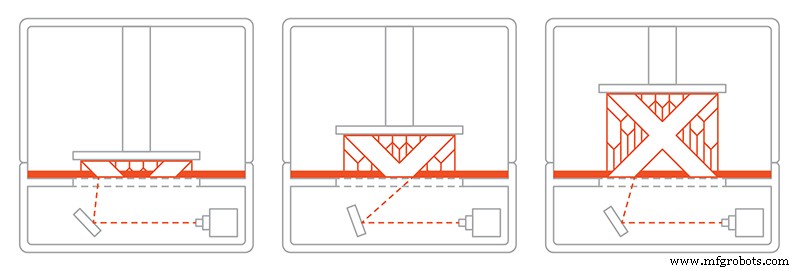
Image 2:SLA printing process. Source 3Dhubs.com
Another of its advantages, derived in part from this high precision, is that it achieves a superior surface finish to that obtained in DLP and LED-LCDs as it does not present the staircase effect that can be seen in the latter.
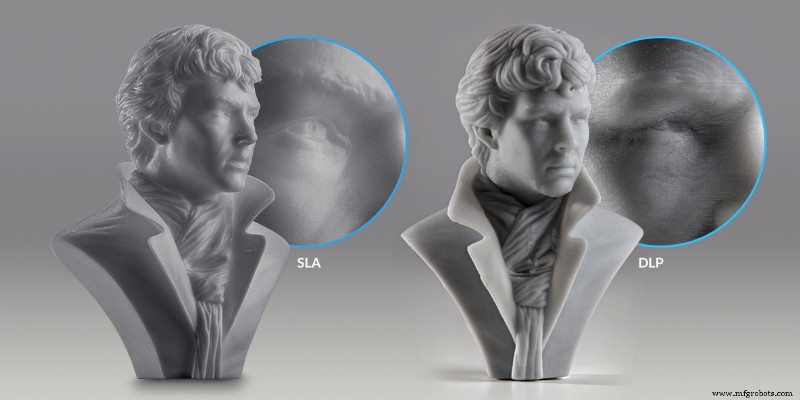
Image 3:Surface finish in 3D SLA and DLP printing. Source:Formlabs.com
However, not everything is an advantage, as this is the slowest resin printing technology. For each layer it is necessary to sweep the entire surface of the part with the laser, which is a slow process, which increases the more parts we position in the construction space. In addition, it is necessary to keep the sweeping speeds within a specific range, as very high speeds would result in a loss of precision, the main strength of this technology.
Video 1:How SLA printing works Source:Formlabs.com
This is the technology used by the renowned Formlabs printers , the benchmark brand for resin printing. Printers such as Form 3 or Form 3B use this technology in conjunction with high precision galvanometers to offer the highest quality standards in critical sectors such as high jewellery, dentistry or medicine.
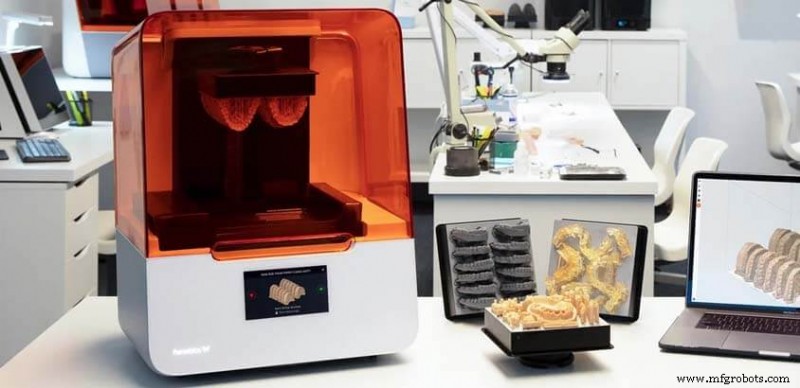 Image 4:Form 3B printer. Font:Formlabs.com
Image 4:Form 3B printer. Font:Formlabs.com
3D DLP printing
DLP 3D printing technology was developed with the aim of reducing 3D resin printing times . Instead of sweeping the surface of the part with a laser, the entire layer is projected simultaneously using a light source, a device consisting of a moving micro-mirror array known as a DMD (Digital Micromirror Device) and a set of lenses responsible for projecting the image onto the resin.
Video 2:How a DMD works. Source:TI.com
This technology was a revolution , since each layer is formed in a few seconds and the printing time is independent of the number of pieces placed on the base, only of the height of these.
Its main disadvantage is that the printing resolution is determined by the density of micro-mirrors that form the DMD and the projected surface. For the same DMD system, a larger printing surface will always result in a proportional decrease in resolution, which is not the case with SLA systems, where the resolution is determined by the diameter of the laser beam and is independent of the printing surface.
In addition, the use of projection lenses can cause distortions in areas far from the centre , which are greater the larger the construction size. It is possible to correct these distortions by using more complex optical systems, however, they often make the device very expensive and therefore not very popular.
The surface quality of the pieces is usually slightly lower than those produced by SLA, and in many cases the staircase effect appears.

Image 5:Staircase effect derived from the use of square voxels in DLP Source:theorthocosmos.com
Although printing times were critically shortened, this technology did not displace SLA technology. Today, it is a technology that has fallen into disuse, displaced mainly by the appearance of LED-LCD technology.
3D LED-LCD or MSLA printing
It is the latest technology to reach the market and has experienced significant growth in recent years. It was developed as an evolution of DLP technology , and today has virtually replaced it.
Operation is similar to DLP technology, however, instead of reflecting light using a digital micromirror device (DMD), it uses an LCD device in which each pixel acts as a small window that blocks or lets light through.

Image 6:SLA vs DLP vs MSLA. Source:theorthocosmos.com
LCD devices are the same as those used in mobile screens or TV or computer panels, so the cost is much lower than that of DMD devices. In addition, they are available in sizes from 3" to 80", so the projection is direct and perpendicular to the base over the entire surface. This avoids the use of expensive and complex projection lens systems and the distortions they cause in DLP produced parts.
Among its main advantages are its high printing speed and low cost . In addition, it outperforms DLP technology in two key ways. As noted above, perpendicular projection prevents distortion from the oblique projection provided by lenses in DLP systems. Secondly, LCD devices not only block or allow light to pass through, but can also filter it by varying the light intensity independently at each pixel. This makes it possible to use anti-aliasing processes that reduce the staircase effect and allow for surface qualities very close to those obtained by SLA
.
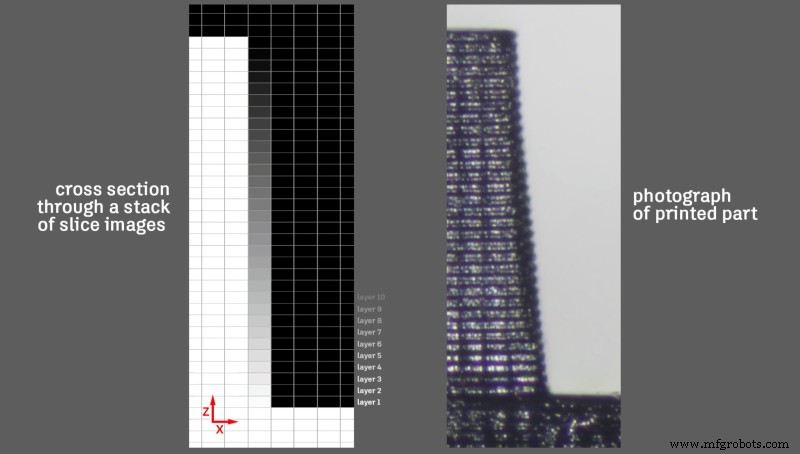
Image 7:Sub-pixel or anti-aliasing sampling to avoid staircase effect Source:hackaday.com
All of this has meant that its growth in recent years has not only displaced DLP technology but is beginning to replace SLA technology in industries such as dentistry, where SLA technology is a standard.
One of the main drawbacks is the high level of heating produced by the LED matrixes used , which means that effective cooling systems must be implemented to prevent the resin from heating up in long prints.
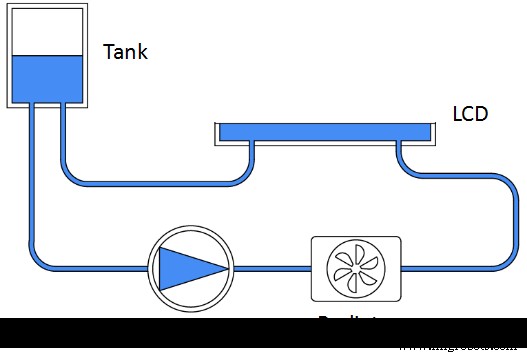
Image 8:Liquid cooling system of a Uniz printer. Source:Uniz.com
It is the technology present in all low-cost resin 3D printers and also the latest professional models such as the Uniz Slash.
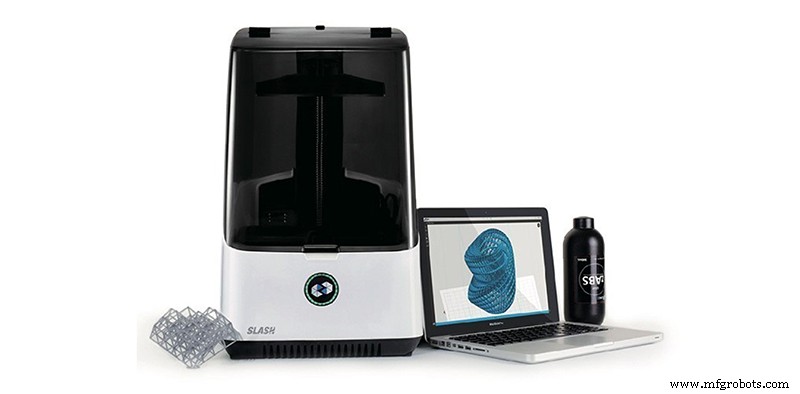
Image 9:Uniz Slash Plus printer. Source:Uniz.com
Which technology to choose
Today the dilemma could be reduced to two technologies:SLA or LED-LCD.
Despite the growth of LED-LCD technology, SLA technology is still the majority in professional environments. There are two reasons for this, firstly the high quality and accuracy achieved by SLA with printers such as Formlabs is difficult to match. On the other hand, new technologies need a transition period to make room in companies due to the need to amortise current equipment and the distrust of new systems with low implementation in their sector.
However, the new professional LED-LCD printers, such as the Uniz, can provide an important competitive advantage by allowing small series to be produced with a quality similar to SLA and in a fraction of the time. For example, in the production of models for lost-wax moulding, which is widely used in some branches of the jewellery industry and which can lead to significant savings, not only in time and resources, but also in costs.
The decision between one or the other must be based on the user's needs between precision and production capacity. In many cases they should be thought of not as rival technologies, but as complementary, having a team dedicated to the production of small series and another for more delicate and precise works.
3D打印


